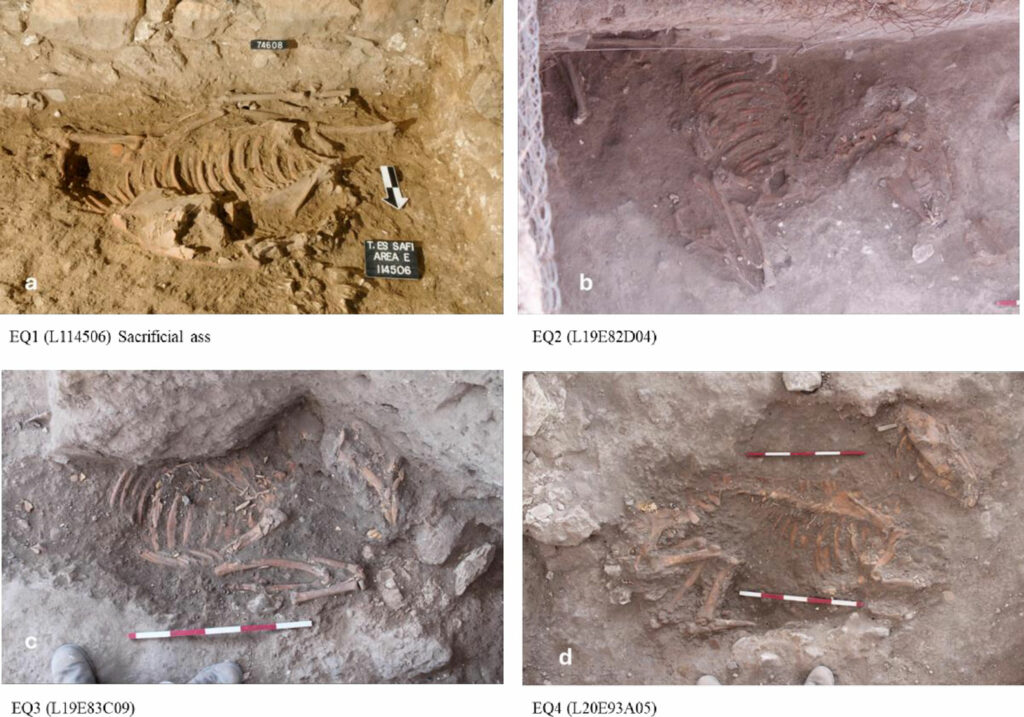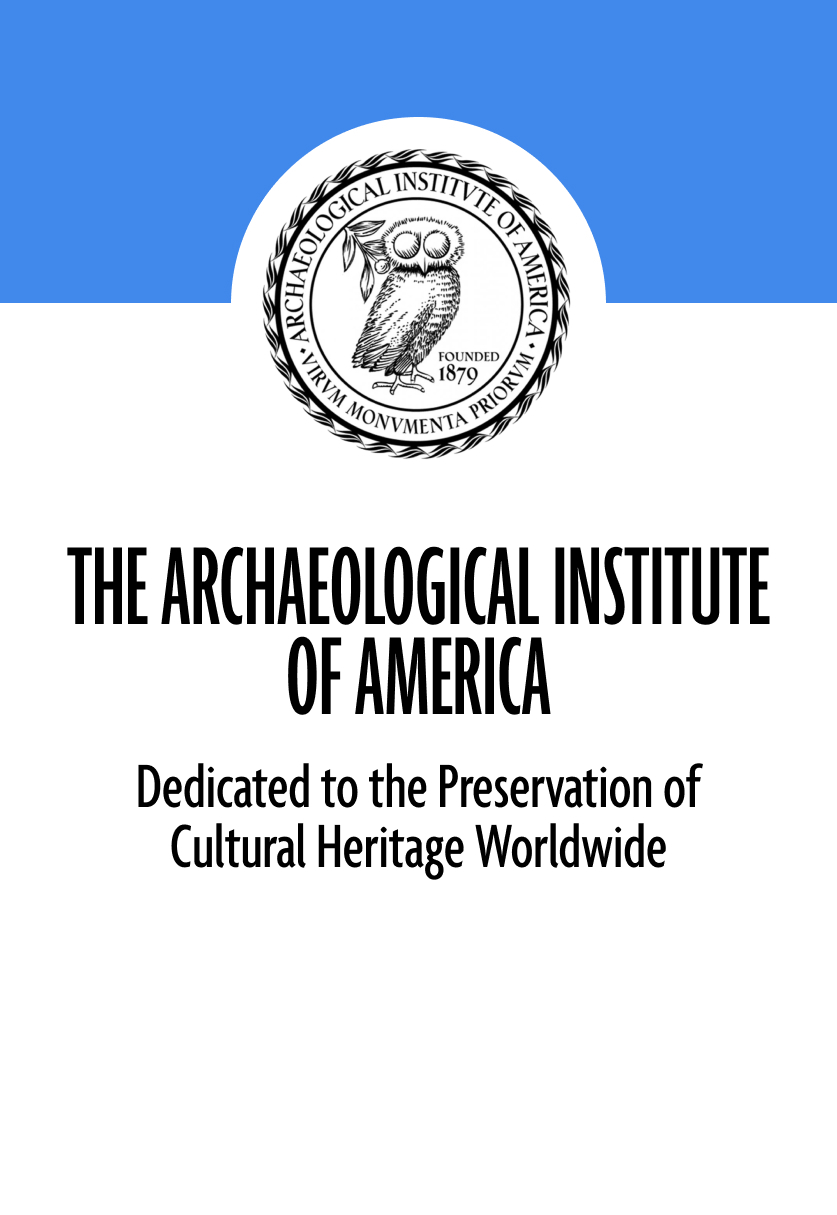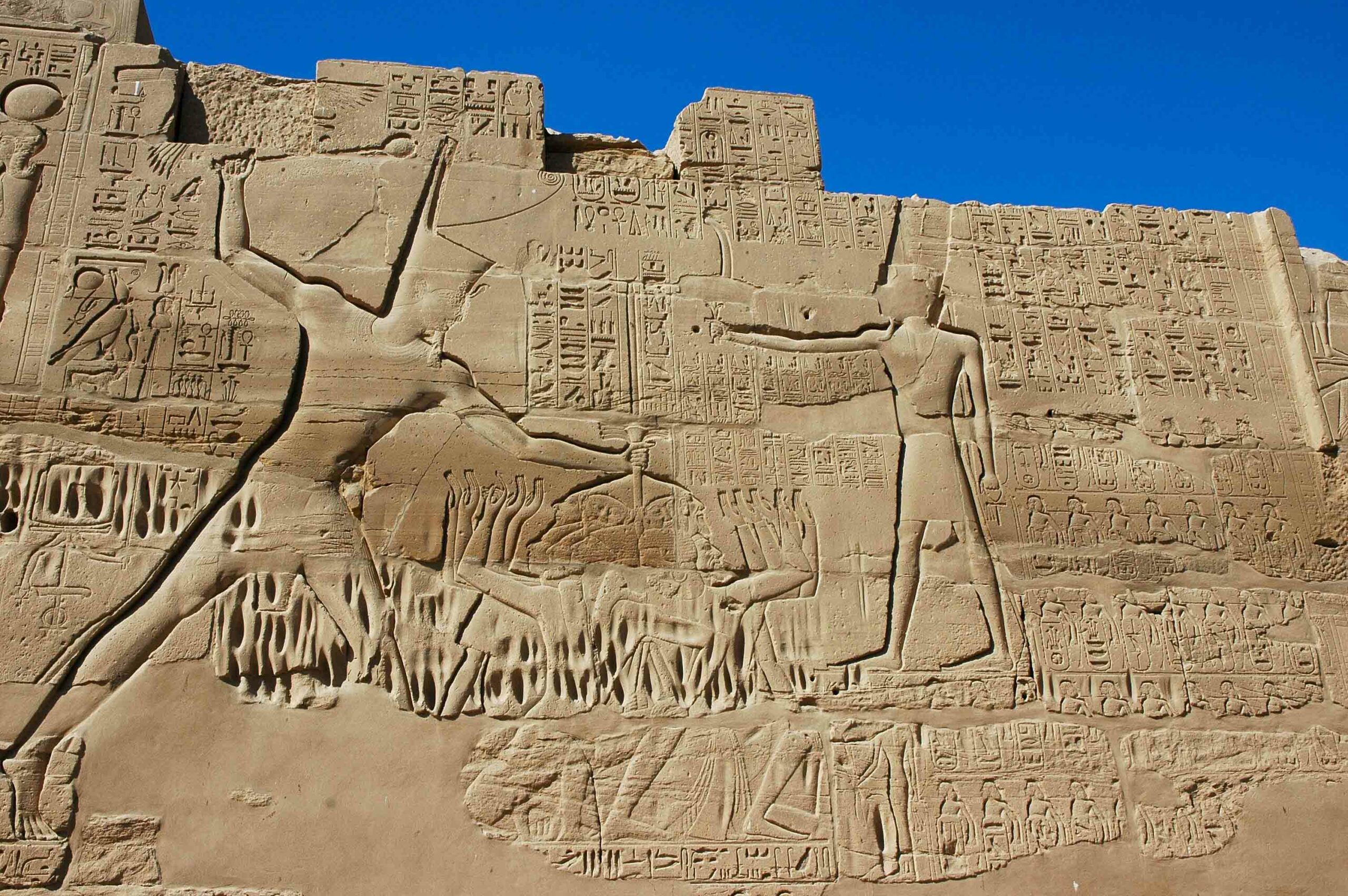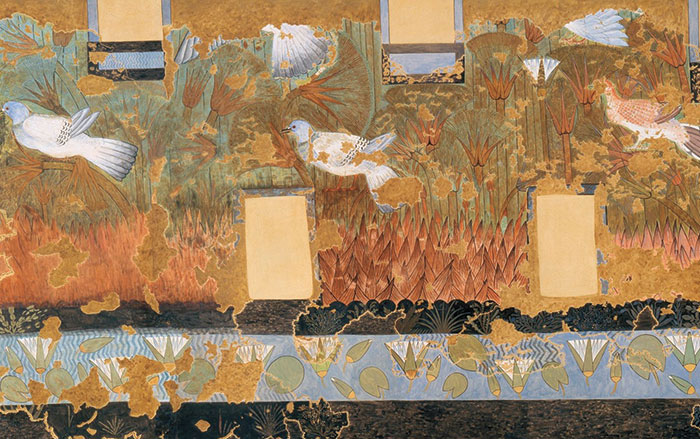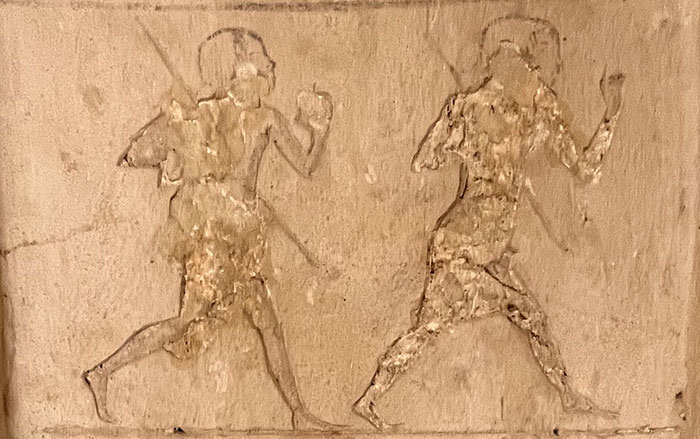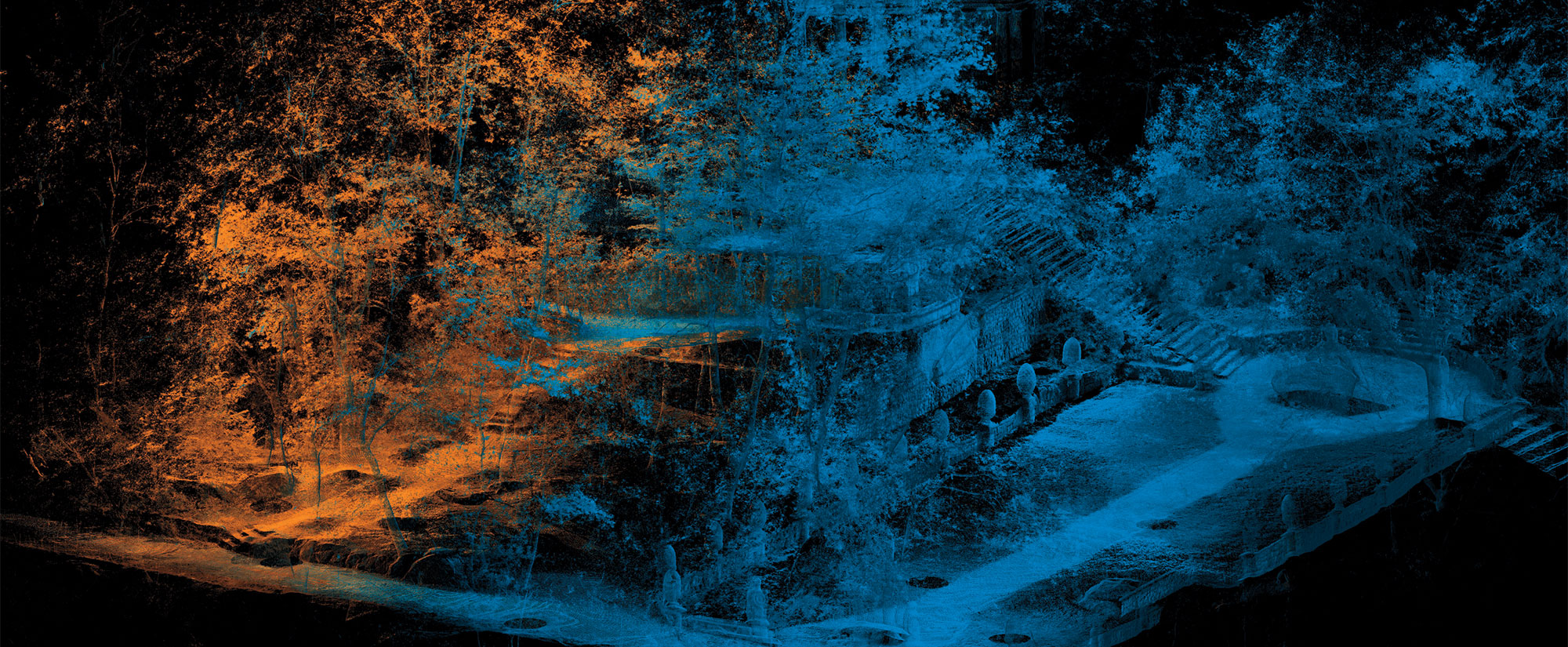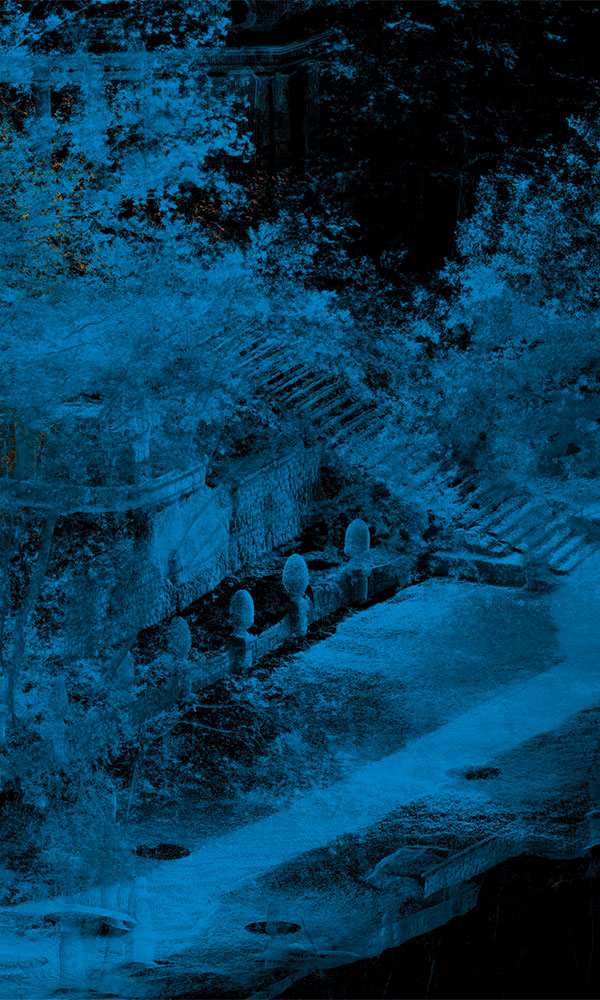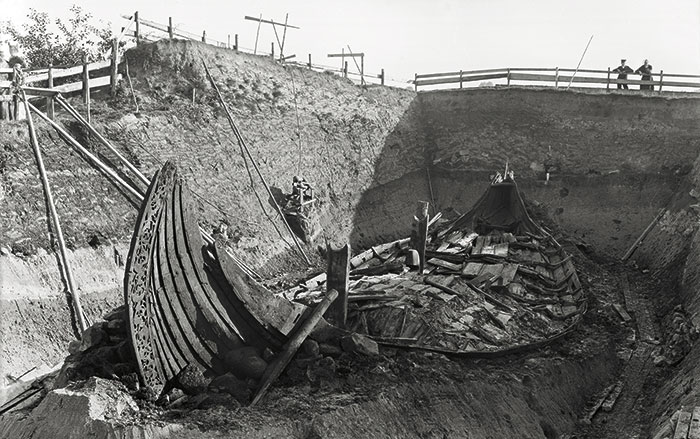TELL ES-SAFI, ISRAEL—More than a decade ago, archaeologists working at the Early Bronze Age (ca. 2900–2500 b.c.) site of Gath, modern Tell es-Safi, were surprised to find the remains of a decapitated donkey buried beneath a house. The head had been carefully placed on the equid’s abdomen and turned to face east. They were even more surprised to learn that isotopic analysis determined that the animal wasn’t raised in the area, but had grown up in the Nile Valley. The team has now learned, according to a Live Science report, that this was not an anomaly but part of a local ritual. Three more interred donkeys were recently discovered at the site. Their front and back legs had been tied together before they were ceremonially sacrificed and deposited underneath the floors of homes. Isotopic analysis revealed that they, too, were from Egypt. The animals were all female and seemingly healthy in the prime of their lives. “To sacrifice such a key animal is an exaggerated display of wealth, or position in society,” said Grand Valley State archaeologist Elizabeth Arnold. It is likely that the individuals who performed these sacrificial acts were traders and merchants who conducted business in Egypt. The researchers do not yet know the precise reasons behind the rituals, but suggest they may have been symbolic gestures to convey social standing and a way to protect homes and ensure prosperity. Read the original scholarly article about this research in PLOS One. To read more about excavations of Gath, go to "The Philistine Age."
